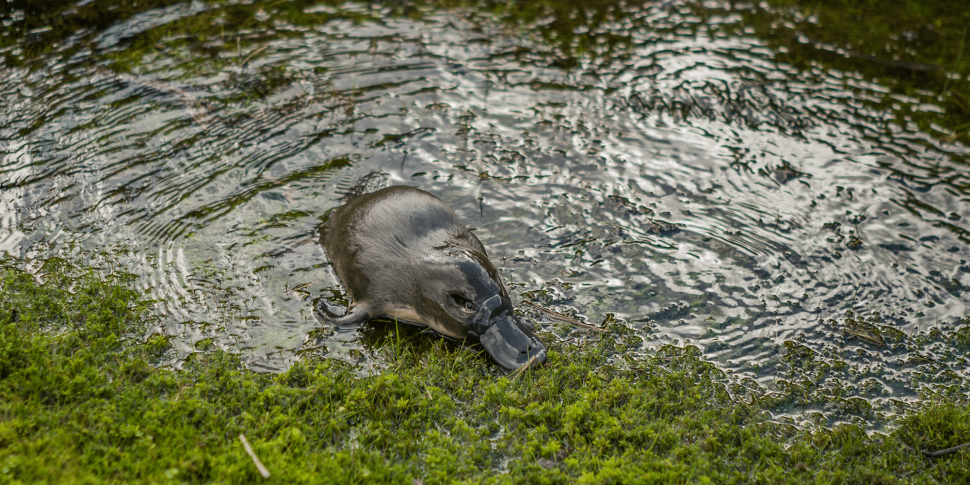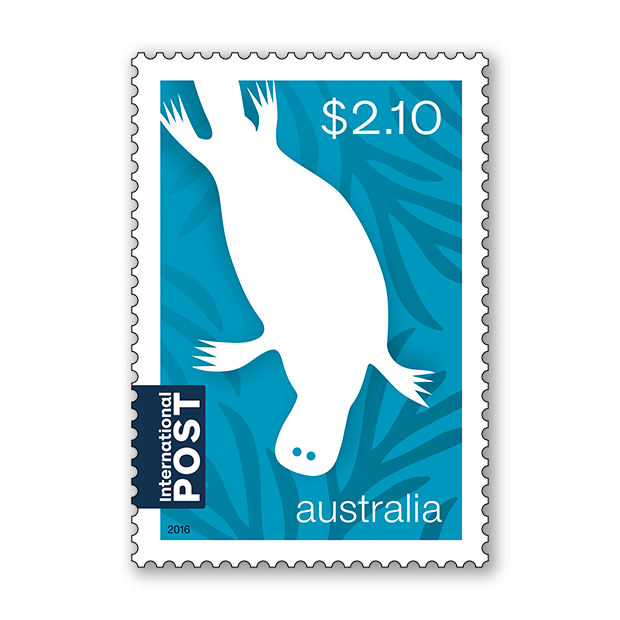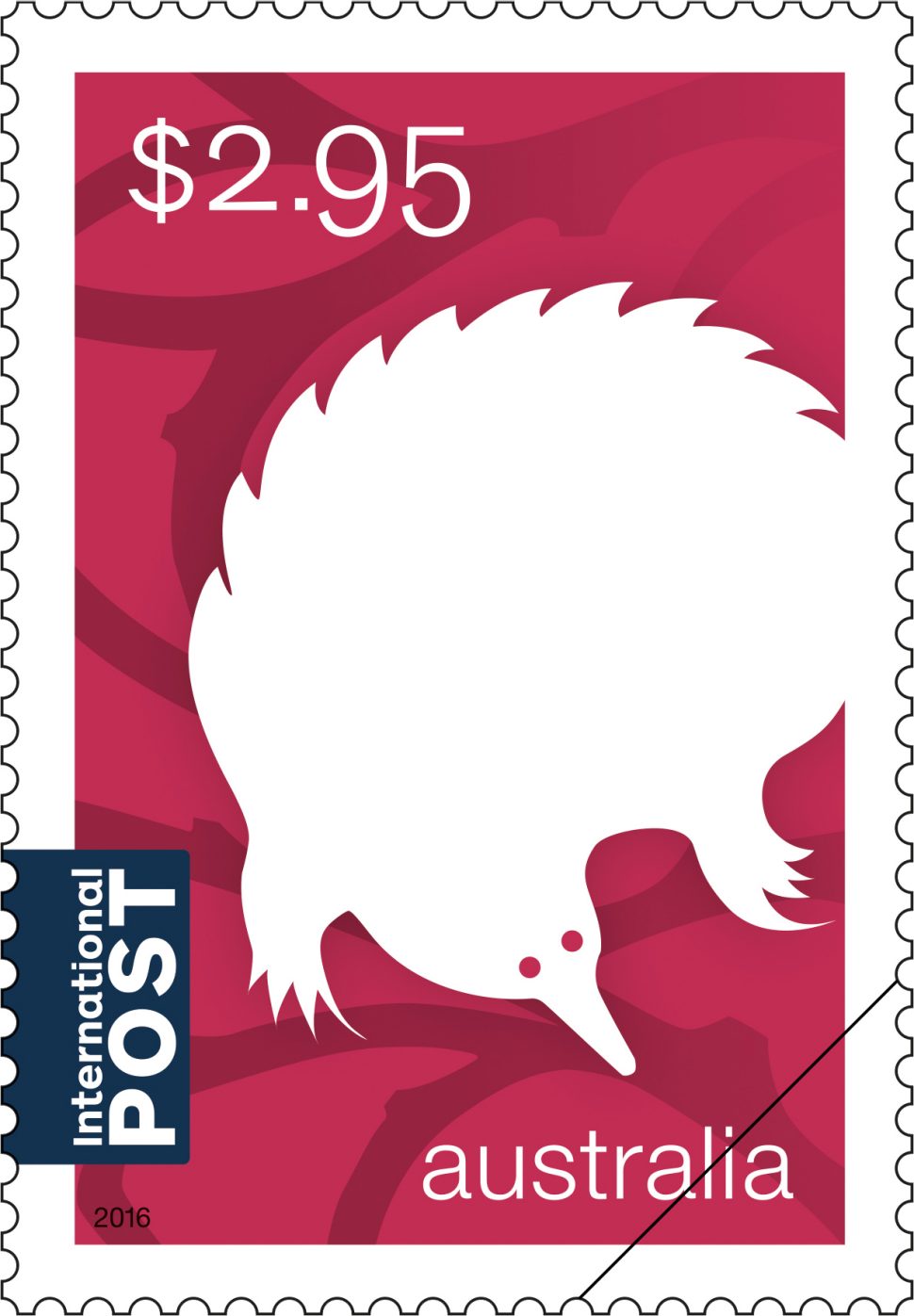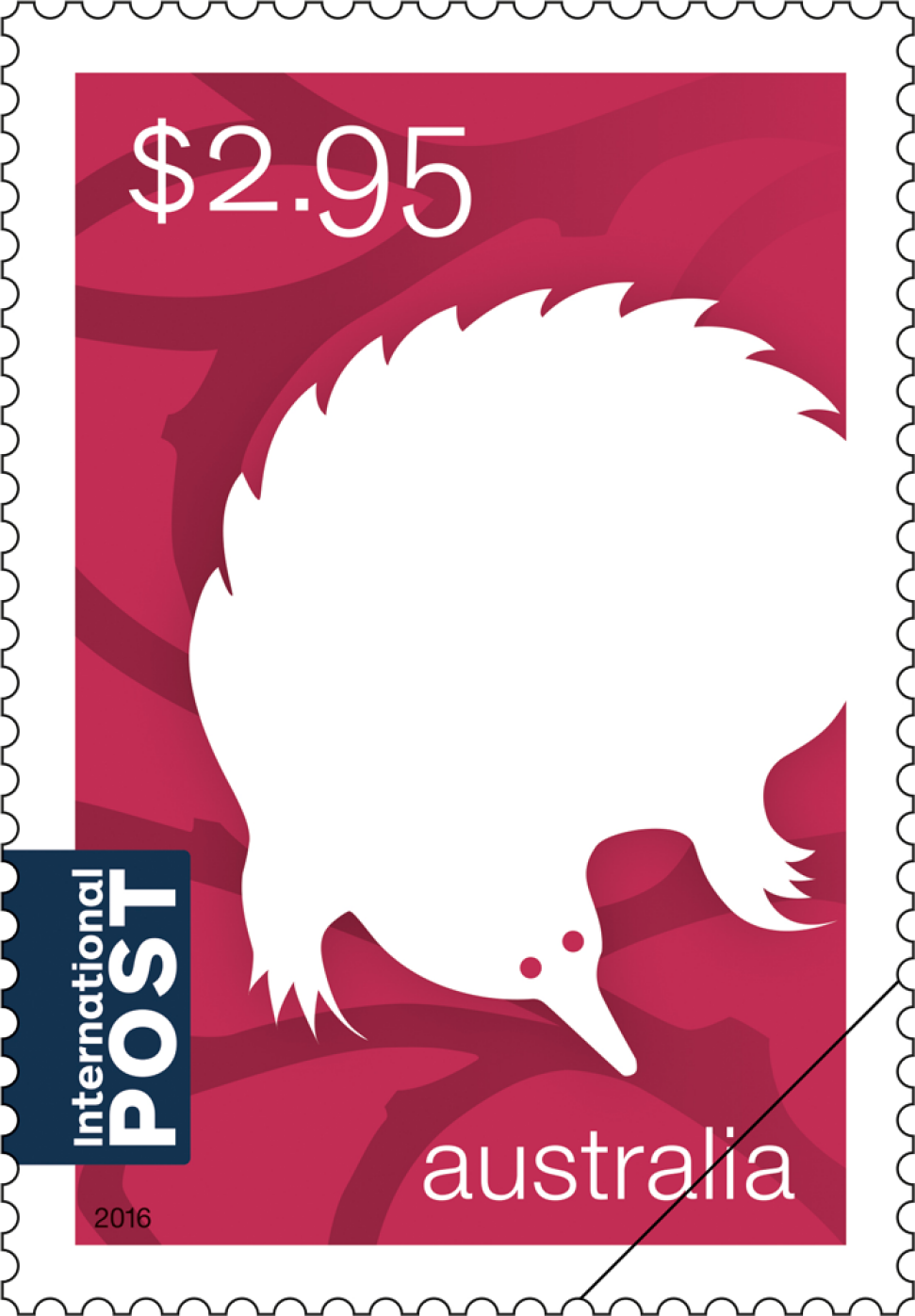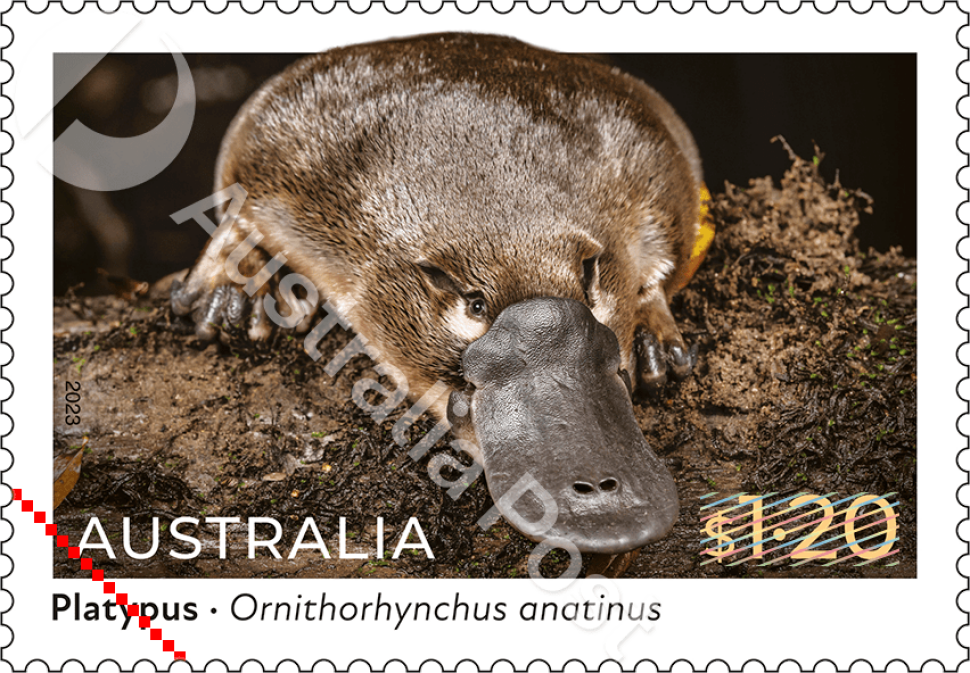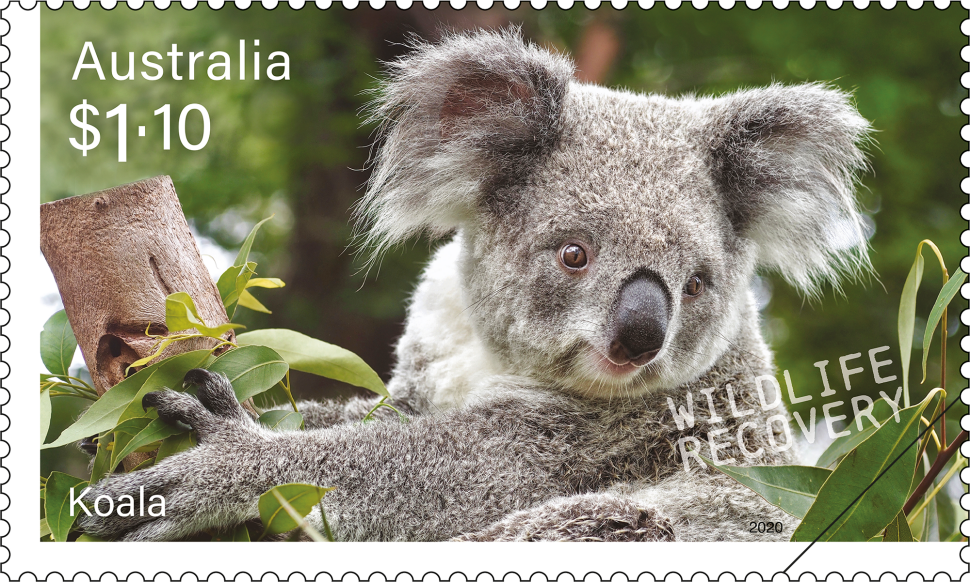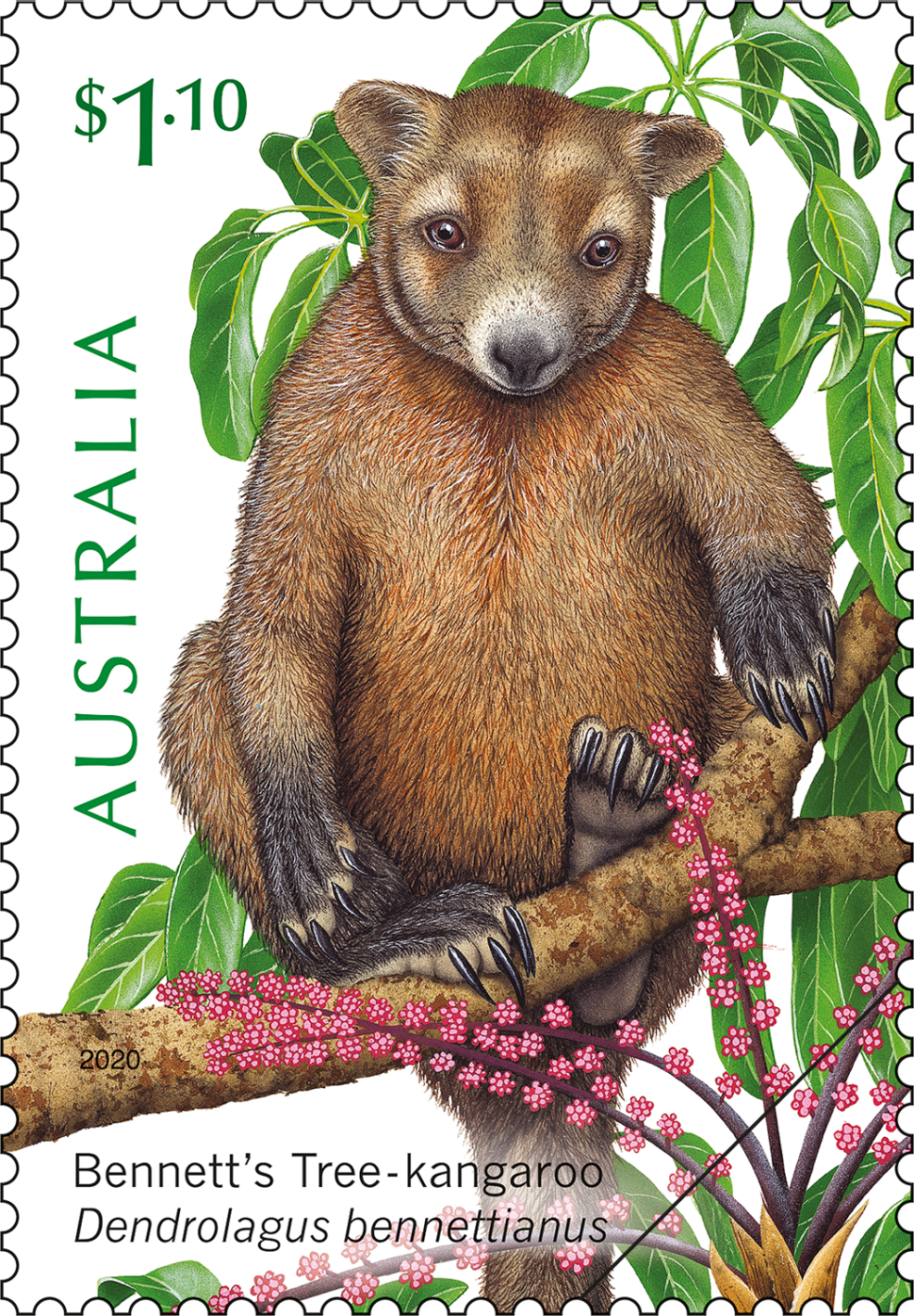Echidnas and platypuses are the only surviving monotremes (egg-laying mammals) in the world. Monotremes share many similarities with other placental mammals: they are warm-blooded, covered in hair and produce milk to feed their young.
Australian Animals: Monotremes, which will be released on 26 September 2016, comprises two international rate stamps depicting two iconic Australian animals: the Playtpus (Ornithorhynchus anatinus) (on the $2.10 stamp) and the Short-beaked Echidna (Tachyglossus aculeatus) (on the $2.95 stamp).
Through graphic illustrations by Mary Callahan, the stamps showcase the interesting and instantly recognisable shape of each animal.
The stamp issue also includes a minisheet, stamp pack, first day cover and set of maxicards – perfect for sending to friends and relatives overseas.
Technical specifications
- Issue date
- 26 September 2016
- Issue withdrawal date
- Denominations
- 1 x $2.10, 1 x $2.95
- Stamp design
- Mary Callahan Design
- Product design
- Mary Callahan Design
- Printer
- RA Print
- Paper - gummed
- Tullis Russell Red Phos
- Paper - self-adhesive
- Avery B100
- Printing process
- Offset lithography
- Stamp size
- 26mm x 37.5mm
- Minisheet size
- 130mm x 80mm
- Perforations
- 14.6 x 13.86
- Sheet layout
- Module of 50
- FDI postmark
- Green Valley, NSW 2168
- FDI withdrawal date
- 25 October 2016
The Platypus is an endemic, semi-aquatic mammal found in freshwater environments within the eastern states of Australia, including Tasmania, and on Kangaroo Island. It has thick, brown insulating fur and a distinctive duck-like bill.
When scientists first laid eyes on the Platypus, they found its appearance so unusual that they wondered whether it was actually a hoax. English botanist and zoologist George Shaw (1751–1813), for example, described and illustrated the Platypus in detail in The Naturalist's Miscellany (1799), naming it Platypus anatinus. This was the first published illustration of the Platypus, and Shaw describes his scepticism over what he saw:
“Of all the Mammalia yet known it seems the most extraordinary in its conformation; exhibiting the perfect resemblance of the beak of a Duck engrafted on the head of a quadruped … at first view, it naturally excites the idea of some deceptive preparation by artificial means …”
And again, in 1880, he wrote: “…as the [platypus previously] described was the only one which had been seen, it was impossible not to entertain some distant doubts as to the genuine nature of the animal, and to surmise, that, though in appearance perfectly natural, there might still have been practised some art of deception in its structure …” His scepticism was only overcome when he heard that two specimens had been sent over to famous naturalist Sir Joseph Banks (1743-1820).
The Short-beaked Echidna that is found widely throughout Australia (as well as in parts of New Guinea) including in urban areas. It is covered in soft fur as well as sharp spines, the latter of which it uses for protection. This naturally shy creature, with the lolloping gait, is known to roll into a ball or sink into the ground, when threatened.
This content was produced at the time of the stamp issue release date and will not be updated.
